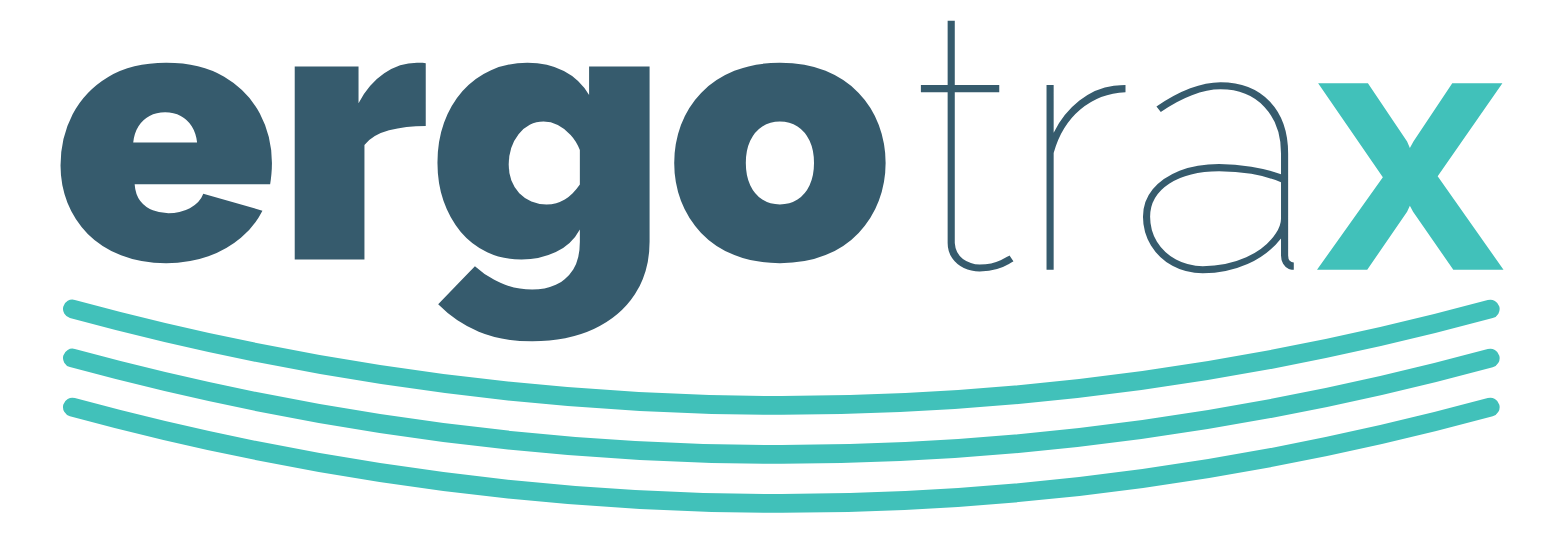In fast-paced manufacturing environments, efficiency and safety are key drivers of success. Yet, one of the most overlooked contributors to both is ergonomics — the science of designing jobs, tools, and workspaces to fit human capabilities. When implemented correctly, ergonomics can drastically reduce workplace injuries, especially work-related musculoskeletal disorders (WMSDs), while also improving employee productivity and morale.
The Hidden Cost of Poor Ergonomics
Injuries like back strain, carpal tunnel syndrome, and shoulder pain are common in factories and production lines due to repetitive motion, awkward postures, and heavy lifting. These issues not only harm workers but also cost businesses millions annually in lost workdays, compensation claims, and decreased productivity.
The Ergonomic Solution
By adjusting workstation height, introducing lift-assist devices, optimizing tool design, and rotating tasks, manufacturers can reduce physical strain. One successful example comes from a case study involving Honda of America Manufacturing, where ergonomic redesigns were implemented on their assembly lines in partnership with SRI-Ergonomics at The Ohio State University.
After analyzing task motions and identifying high-risk movements, the team reengineered workstations and introduced ergonomic tools. The result? A 70% reduction in musculoskeletal injury rates and improved overall efficiency. Employees reported less fatigue, fewer errors, and better job satisfaction.
Why It Matters
- Implementing ergonomics in manufacturing:
- Saves costs on insurance and compensation
- Reduces injury risks and downtime
- Increases task efficiency and speed
- Boosts employee satisfaction and retention
- Ensures compliance with safety regulations


Ergonomics is an ongoing process
Ergonomic improvement isn’t a one-time fix. It involves continuous feedback from workers, regular risk assessments, and adapting solutions as workflows evolve. This proactive approach fosters a safety-first culture while empowering employees to take part in improving their work environment.


Leave a Reply